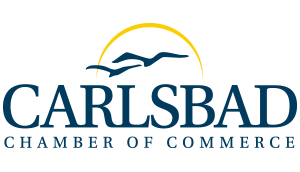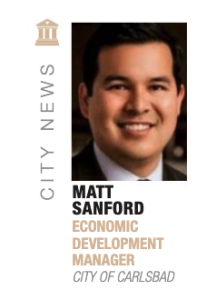What Might be Ahead for Carlsbad Commercial Real Estate
The commercial real estate (CRE) landscape in the San Diego region, including Carlsbad, has experienced notable shifts over the past few years. The dynamics of remote work, rising costs of space, and the broader impacts of the financial markets have redefined the way businesses approach their office, industrial, and retail footprints.
One of the most significant influences on CRE in recent years has been the continued prevalence of remote and hybrid work models. Many companies have reduced their physical footprints or reimagined the use of office space to adapt to new work habits. This trend has been noted by many workers as a positive, enhancing quality of life. Businesses can also look for workers in other markets that might not have otherwise been on their radar. Remote and hybrid work seem to be here to stay, in some form or another, but there are impacts on commercial real estate. Companies that are bringing workers back on site are often doing so by making the workplace more desirable, with more amenities, enrichment activities, and even food options on site.

This shift presents both challenges and opportunities. For businesses, the flexibility of hybrid work can translate into cost savings, reduced overhead, and an ability to attract a broader talent pool. For landlords and developers, the challenge lies in repositioning existing assets to meet new expectations, whether through upgrades, conversions, or reimagining space usage entirely. The market’s future will likely favor more amenitized developments and properties that offer flexibility and incorporate wellness, sustainability, and community-focused amenities.
The cost of commercial space in Carlsbad remains a significant factor in decision-making for both existing businesses and new entrants. Rent increases and supply constraints have made it increasingly challenging for businesses to secure affordable and suitable locations. However, in the past several months, as pandemic era leases have started to expire and as employers pursue smaller footprints due to hybrid work, vacancy rates have ticked up, creating a softening in the market. This may make for a bumpy road over the next year as the market readjusts.
On the financial front, high interest rates and economic uncertainty have also impacted commercial real estate. Higher borrowing costs have slowed down transaction volumes and reduced speculative development, as investors take a more cautious approach in light of tighter capital conditions. Nevertheless, the unique attributes of Carlsbad and the San Diego region, like our diversified economy, skilled workforce, and robust innovation ecosystem, should continue to attract long-term investment interest.
Looking ahead, the Carlsbad CRE market may see some divergence between asset classes. Office spaces that can adapt to hybrid work and offer unique amenities will likely outperform, while those that cannot may face prolonged vacancies or require significant repositioning. Industrial and life sciences sectors are likely to remain strong, driven by ongoing demand for specialized spaces and strategic geographical advantages.
For businesses considering expansion or relocation within the region, the key will be to stay attune to evolving trends to know when it makes the most sense to make a move. As Carlsbad continues to innovate and adapt, opportunities will emerge for those willing to embrace flexibility and creative solutions.
In conclusion, while the commercial real estate market in Carlsbad faces some near-term headwinds, there are ample opportunities for growth and transformation. By understanding the current landscape—shaped by remote work, cost pressures, and financial uncertainties—businesses and investors can make informed decisions and better position themselves for success. The key will be to remain agile, proactive, and ready to seize opportunities as they arise.

